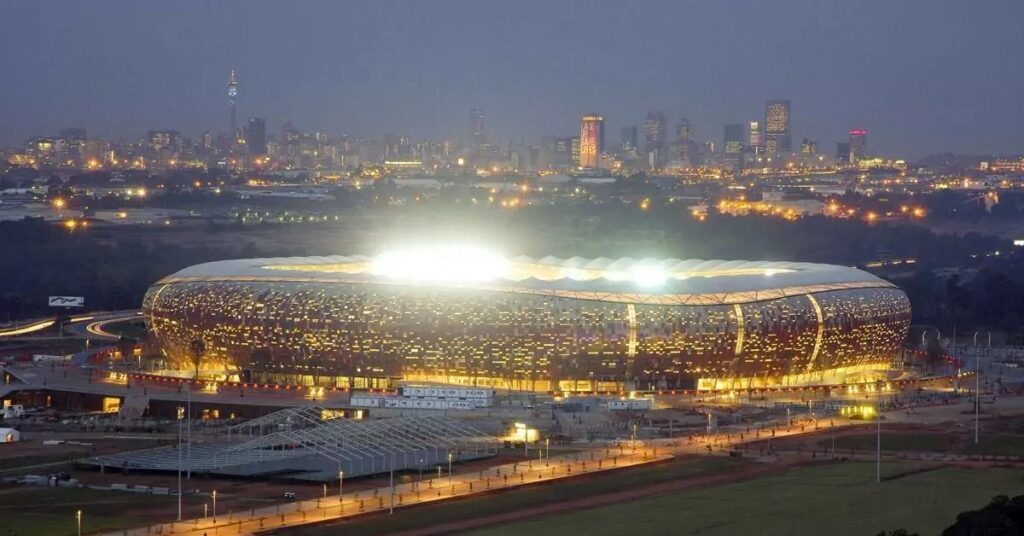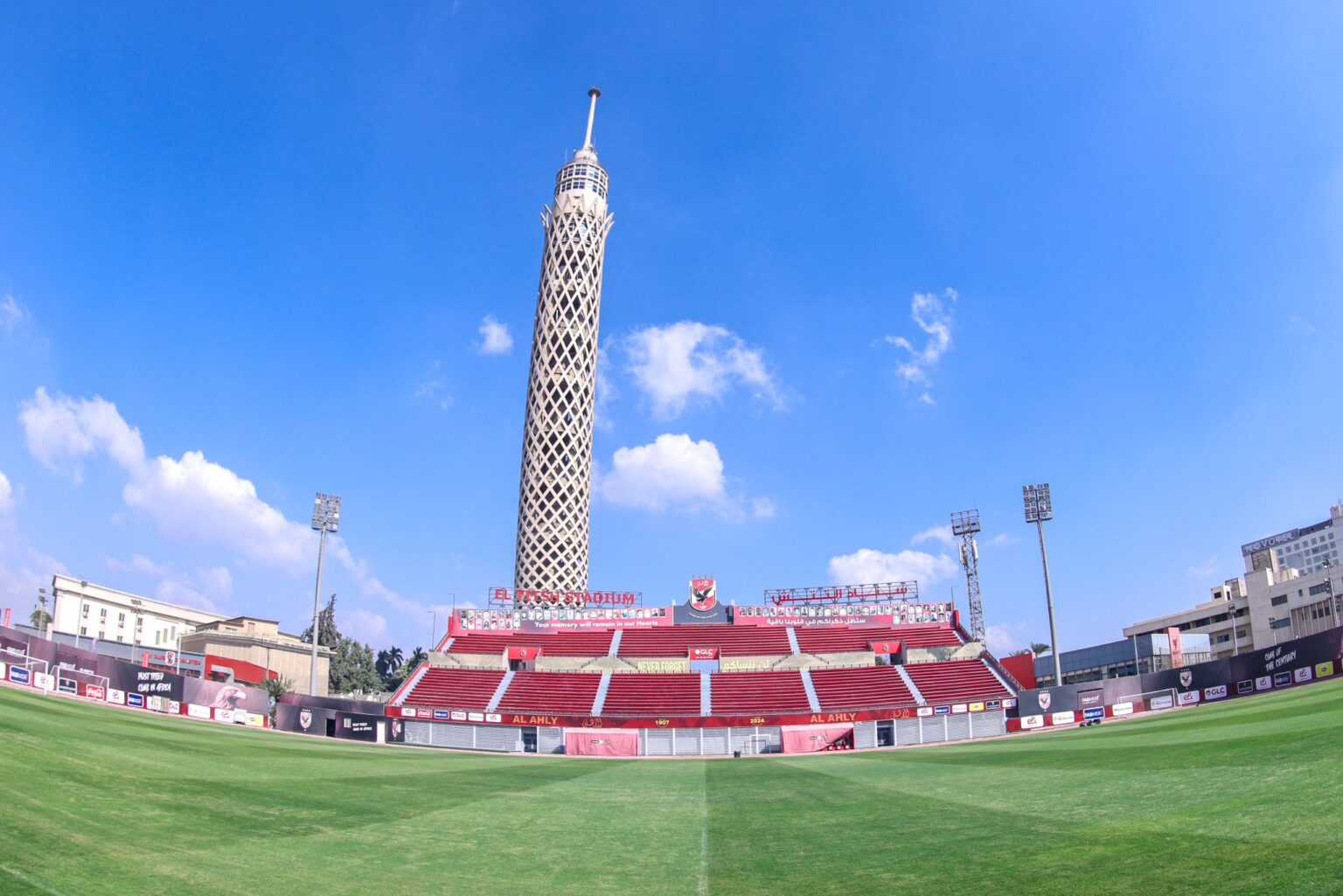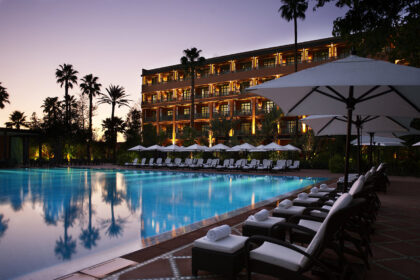At a Glance
- Africa’s oldest stadiums with deep historical, cultural, and sporting significance.
- These iconic stadiums hosted the first Africa Cup of Nations and legendary club matches.
- From Egypt to Nigeria, these venues remain central to African football’s evolution.
Africa’s sporting legacy is deeply rooted in its stadiums—timeless arenas that have not only hosted historic matches but also stood as enduring symbols of national pride, colonial transition, and cultural evolution.
From Egypt’s century-old Mokhtar El-Tetsh Stadium to Nigeria’s iconic Onikan Stadium and Sudan’s legendary Khartoum International, the continent’s oldest stadiums offer more than concrete and turf—they echo generations of passion, politics, and progress.
Built as far back as the early 20th century, these structures have witnessed the birth of African football federations, the rise of legendary clubs, and pivotal continental tournaments like the first-ever Africa Cup of Nations in 1957.
They have served as platforms for both athletic brilliance and national unity during defining historical moments.
While some have been modernized and others preserved in their vintage form, all continue to serve their communities—hosting local derbies, continental championships, and even global spectacles.
Shore Africa unveils top 10 oldest stadiums in Africa celebrating the architectural pioneers and sporting arenas that laid the groundwork for Africa’s vibrant sporting culture. Each stadium is a living archive, preserving the soul of African sport through its walls, crowds, and enduring legacy.
1. Mokhtar El-Tetsh Stadium
Location: Cairo, Egypt
Date: Built in 1917
Capacity: 15,000
Brief details: Mokhtar El-Tetsh Stadium, built in 1917 in Cairo, is Africa’s oldest surviving football ground. Originally home to Egyptian giants Al Ahly, it marked the dawn of organized football on the continent. Though modest in size today, its historic significance as the cradle of African club football remains unmatched—a legendary venue where Al Ahly’s rich legacy began.
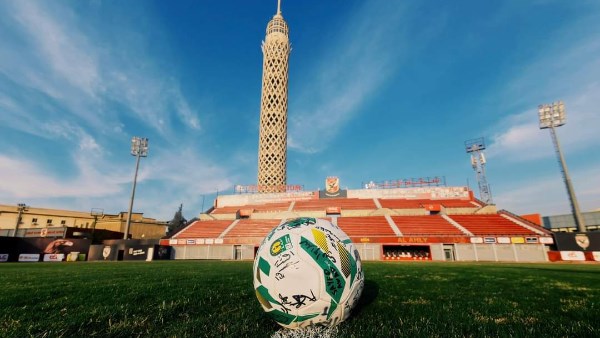
2. Alexandria Stadium
Location: Alexandria, Egypt
Date: Built in 1929
Capacity: 13,660
Brief details: Alexandria Stadium, inaugurated in 1929 by King Fouad I, is Africa’s oldest operational stadium and Egypt’s first international-standard venue. It played a vital role in early national competitions and was one of the host stadiums during the inaugural Africa Cup of Nations in 1957. With its Mediterranean backdrop and historic arches, it stands as a monument to Egyptian football heritage, bridging the colonial and post-independence sporting eras.
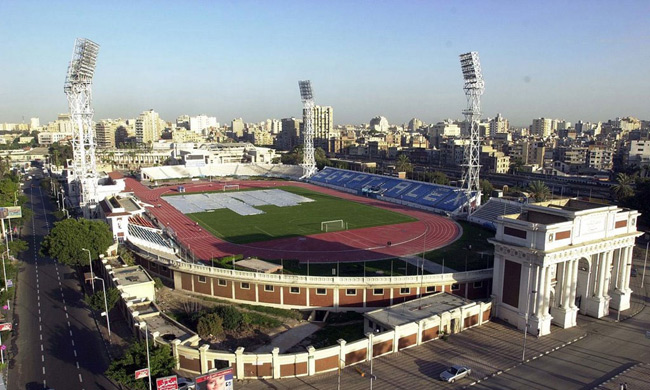
3. Onikan Stadium
Location: Lagos, Nigeria
Date: Built in 1930
Capacity: 10,000
Brief details: Onikan Stadium, built in 1930 on Lagos Island, is Nigeria’s oldest football ground. It served as the hub of colonial-era sports and was later renamed Mobolaji Johnson Arena in honor of Lagos’ first military governor. Despite its compact structure, Onikan holds deep sentimental value in Nigeria’s football narrative—hosting early inter-regional matches and laying the foundation for the country’s domestic football culture.
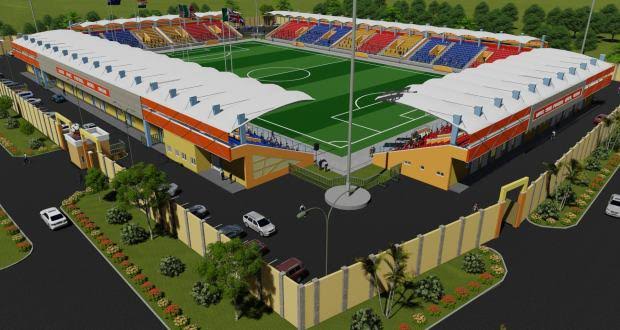
4. Kano Township Stadium
Location: Kano, Nigeria
Date: Built in 1949
Capacity: 10,000
Brief details: Kano Township Stadium, constructed in 1949, is Northern Nigeria’s first major sports facility. It became a focal point for football in the region, fostering the rise of local clubs and inter-provincial rivalries. Though overshadowed by newer venues, its legacy as the cradle of northern Nigerian football remains intact—where Kano Pillars and grassroots football culture found early footing.
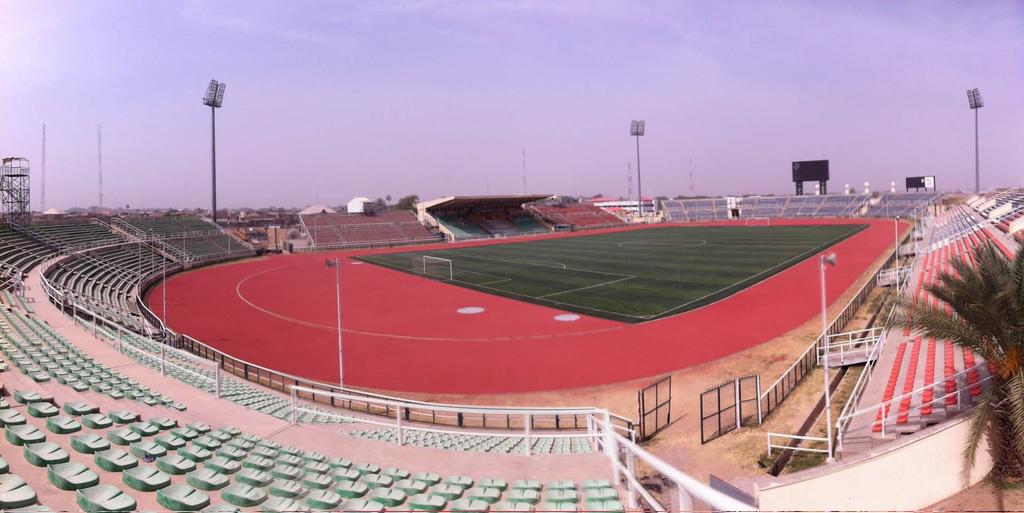
5. Stade Mohammed V
Location: Casablanca, Morocco
Date: Built in 1955
Capacity: 67,000
Brief details: Opened in 1955, Stade Mohammed V is one of North Africa’s most iconic stadiums and a centerpiece of Moroccan football. It has hosted countless derbies between Wydad and Raja Casablanca, and served as a key venue in CAF and FIFA tournaments. Despite multiple renovations, the stadium still pulses with the energy of decades of football history, making it a cathedral of Moroccan sport.
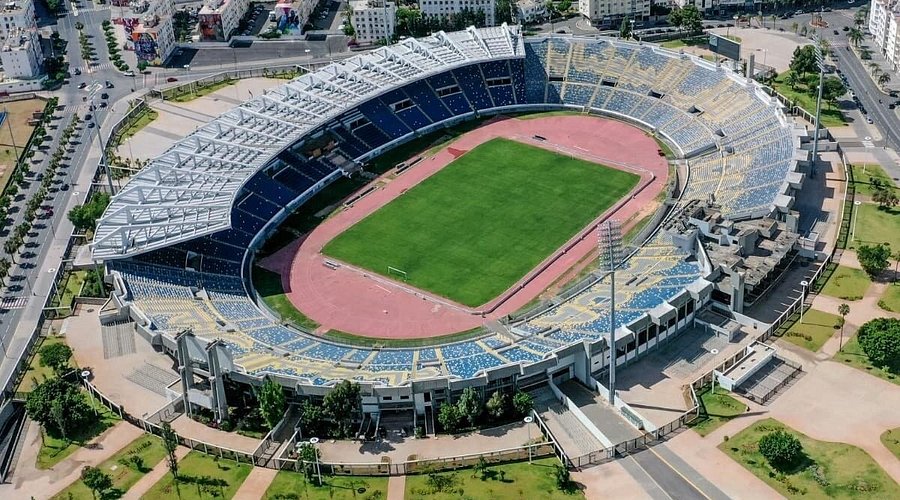
6. Khartoum International Stadium
Location: Khartoum, Sudan
Date: Built in 1956
Capacity: 23,000
Brief details: Khartoum International Stadium, opened in 1956, is a historic symbol of African football and independence. It hosted the first-ever Africa Cup of Nations in 1957, placing Sudan at the heart of continental sports history. As home to both the Sudanese national team and major domestic fixtures, the stadium continues to echo the legacy of early African unity through football.
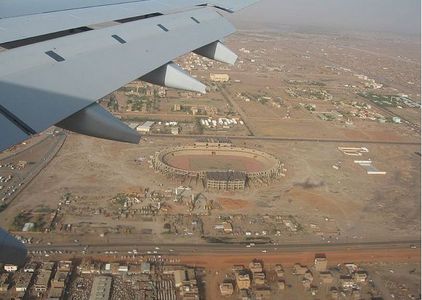
7. Obafemi Awolowo Stadium
Location: Ibadan, Nigeria
Date: Built in 1960
Capacity: 25,000
Brief details: Originally named Liberty Stadium, Obafemi Awolowo Stadium was inaugurated in 1960 as the first stadium built in independent Nigeria. It made history by hosting the country’s first-ever world boxing title fight and numerous landmark football events. A national treasure, the stadium stands as a proud symbol of Nigeria’s post-independence sporting ambition and regional dominance in athletics and football.
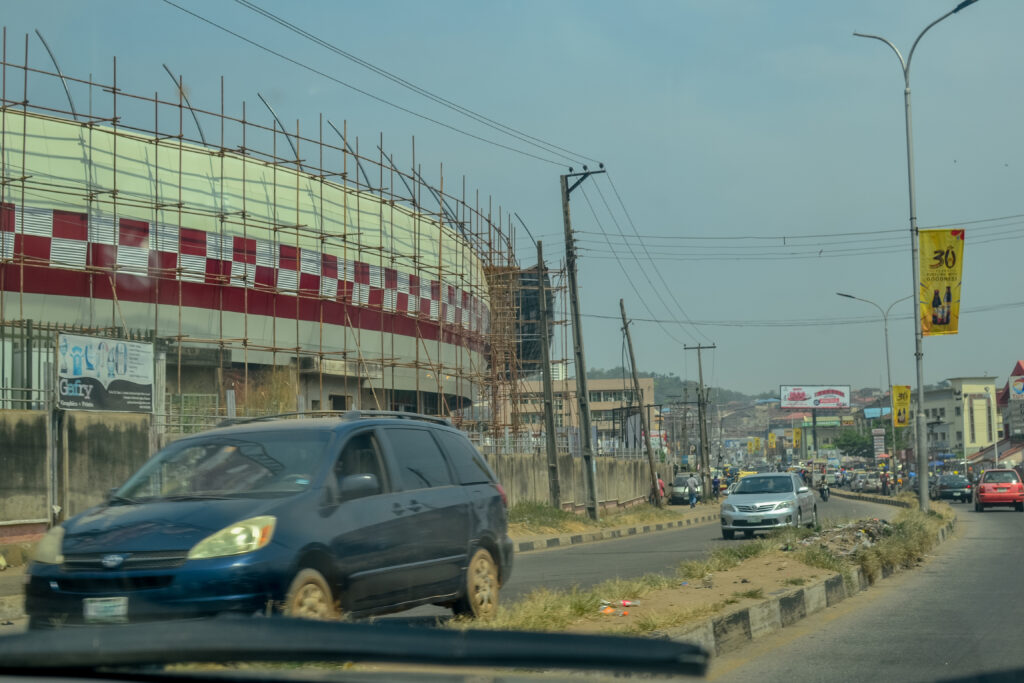
8. Cairo International Stadium
Location: Cairo, Egypt
Date: Built in 1960
Capacity: 75,000
Brief details: Cairo International Stadium, opened in 1960, is Egypt’s largest and most prestigious sporting arena. Designed to host national and continental events, it has welcomed World Cup qualifiers, Africa Cup of Nations finals, and Olympic-style games. With a capacity exceeding 70,000, it remains a towering icon of Egyptian sport, national pride, and footballing greatness.
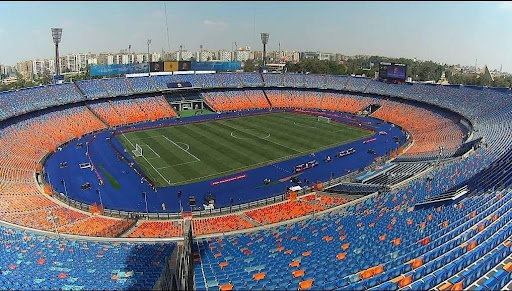
9. Al-Merrikh Stadium
Location: Omdurman, Sudan
Date: Built in 1964
Capacity: 43,000
Brief details: Nicknamed the “Red Castle,” Al-Merrikh Stadium was built in 1964 as the home of Sudanese giants Al-Merrikh SC. Known for its intimidating atmosphere and passionate fans, the stadium has hosted major CAF competitions and fierce Sudanese derbies. It remains a spiritual fortress of Sudanese football, emblematic of both tradition and sporting identity.
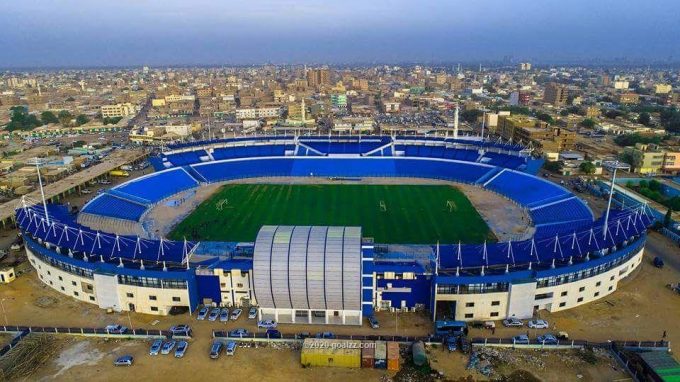
10. FNB Stadium
Location: Johannesburg, South Africa
Date: Built in 1989
Capacity: 94,736
Brief details: FNB Stadium, also known as Soccer City, was constructed in 1989 and later remodeled to host the 2010 FIFA World Cup. While not the oldest by age, its status as the largest stadium in Africa and the site of Nelson Mandela’s first speech after his release makes it historically monumental. It symbolizes South Africa’s sporting transformation and continental pride on the global stage.
